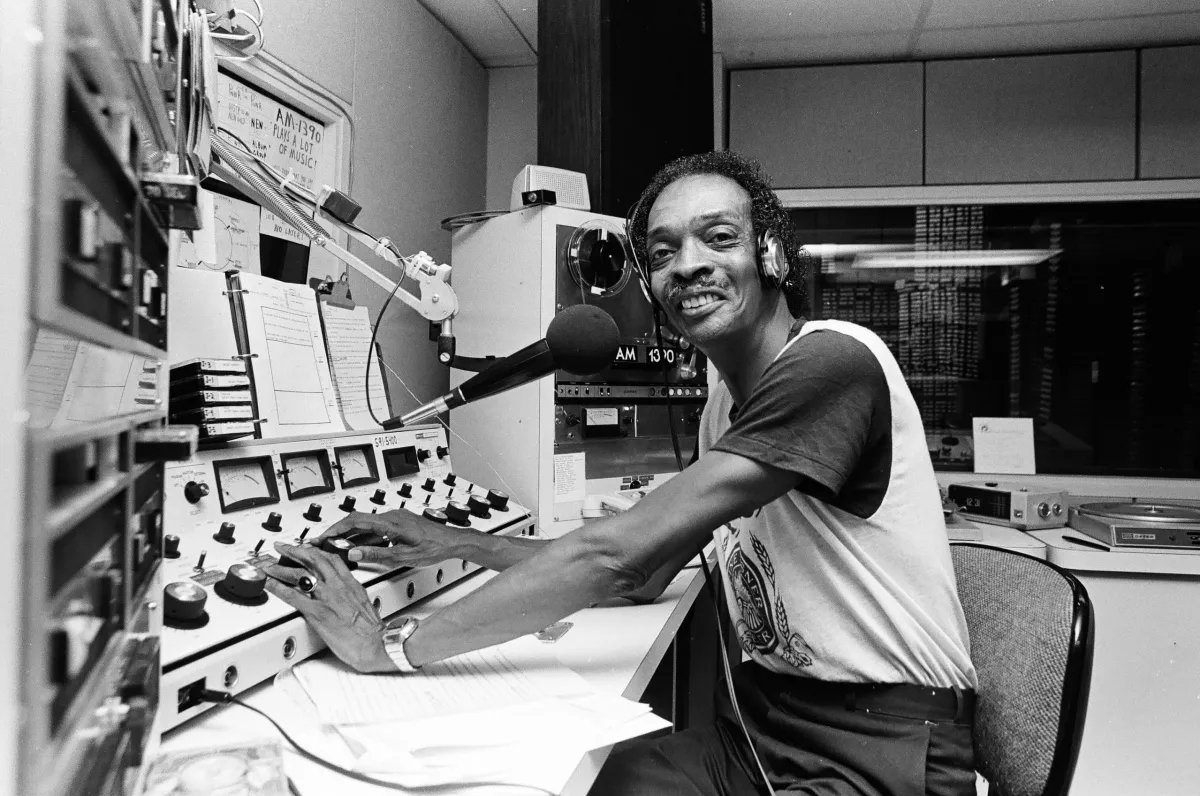Visual radio plays represent a significant evolution in the realm of black entertainment, particularly within the context of South African culture. This innovative medium combines elements of traditional radio drama with visual components, allowing for a richer storytelling experience that engages audiences on multiple sensory levels.
The concept of visual radio plays was notably explored through the project led by Neo Muyanga at the Centre for the Less Good Idea in Johannesburg. This initiative aimed to revitalize interest in radio dramas, which have historically been an important form of entertainment in many South African households but have seen a decline in popularity over recent years. By inviting writers and performers from various theatrical backgrounds, Muyanga and his collaborators sought to expand the boundaries of what a radio play could be, creating performances that were both visually engaging and audibly rich[1].

The project produced six distinct visual radio plays, each crafted to explore different production elements. For instance, some plays focused on purely visual experiences where audiences could observe actors performing live in a radio booth, while others provided an immersive audio experience where listeners could relax on sofas or beanbag chairs as they absorbed the narrative[1]. This dual approach not only catered to diverse audience preferences but also encouraged active participation; audience members were invited to bring their own interpretations and experiences into the viewing process, effectively co-creating meaning alongside the performers[1].
One poignant example from this series is “World-Class African Citizens,” which addresses contemporary issues such as immigration and tragedy through its narrative about a fire that claimed numerous lives. The emotional impact of such stories is amplified through sound design and performance, illustrating how auditory elements can evoke powerful responses from audiences[1]. This interplay between sound and vision highlights how visual radio plays can serve as a platform for discussing critical social issues within black communities.
Moreover, Muyanga’s reflections on his childhood experiences with radio dramas underscore the importance of imagination in storytelling. He noted that listening to these narratives allowed him to visualize characters and settings actively, fostering a deeper emotional connection with the story being told[1]. This aspect is crucial in understanding how visual radio plays can engage audiences not just as passive consumers but as active participants in the storytelling process.
In summary, visual radio plays are an innovative form of black entertainment that merges audio drama with visual performance, enriching the storytelling experience while addressing significant cultural themes. They represent a modern adaptation of traditional media that resonates deeply within communities by fostering engagement and dialogue around pressing societal issues.

